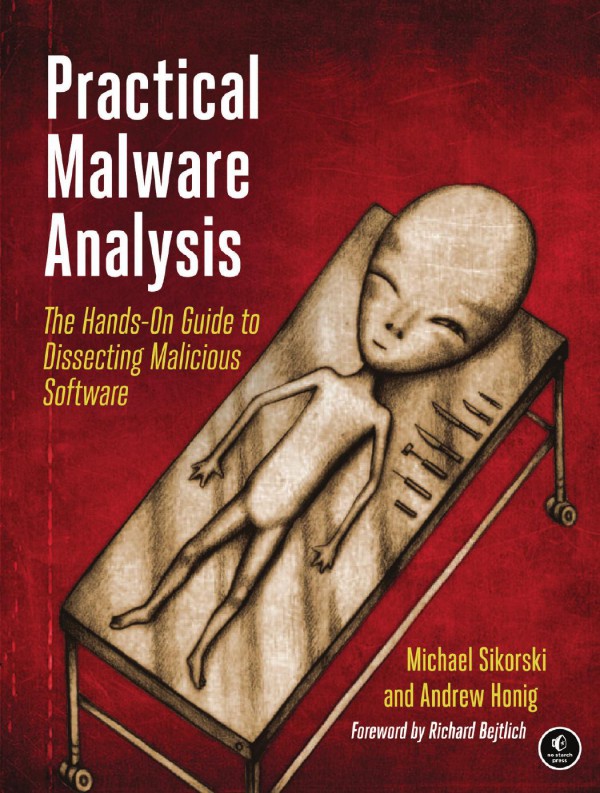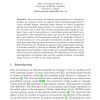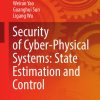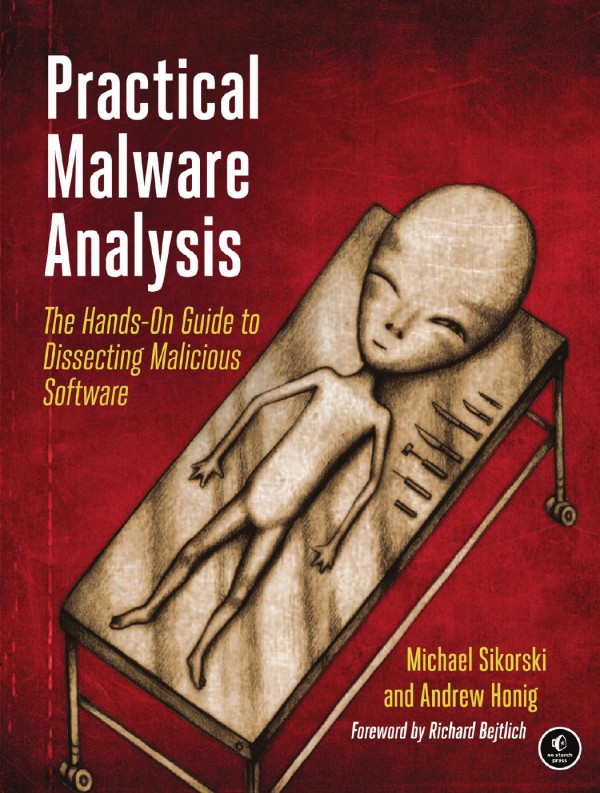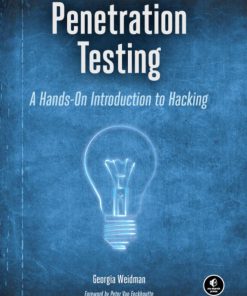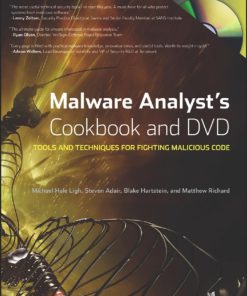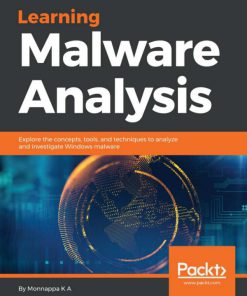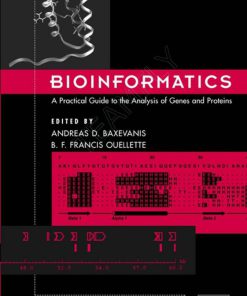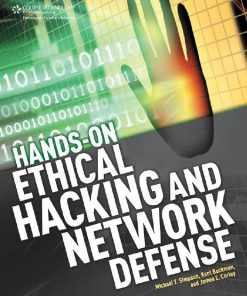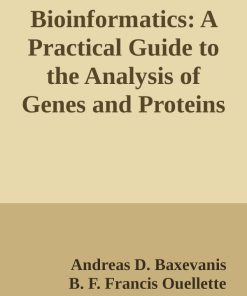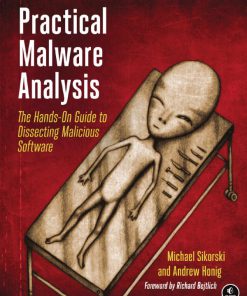Practical Malware Analysis The Hands On Guide to Dissecting Malicious Software 1st edition by Michael Sikorski, Andrew Honig ISBN 1593272901 978-1593272906
Original price was: $50.00.$25.00Current price is: $25.00.
Authors:Michael Sikorski; Andrew Honig , Series:Cyber Security [94] , Tags:Computers; Security; Viruses & Malware; Network Security; Software Development & Engineering; Tools , Author sort:Sikorski, Michael & Honig, Andrew , Ids:Google; 9781593272906 , Languages:Languages:eng , Published:Published:Feb 2012 , Publisher:No Starch Press , Comments:Comments:Malware analysis is big business, and attacks can cost a company dearly. When malware breaches your defenses, you need to act quickly to cure current infections and prevent future ones from occurring.For those who want to stay ahead of the latest malware, Practical Malware Analysis will teach you the tools and techniques used by professional analysts. With this book as your guide, you’ll be able to safely analyze, debug, and disassemble any malicious software that comes your way.You’ll learn how to:–Set up a safe virtual environment to analyze malware–Quickly extract network signatures and host-based indicators–Use key analysis tools like IDA Pro, OllyDbg, and WinDbg–Overcome malware tricks like obfuscation, anti-disassembly, anti-debugging, and anti-virtual machine techniques–Use your newfound knowledge of Windows internals for malware analysis–Develop a methodology for unpacking malware and get practical experience with five of the most popular packers–Analyze special cases of malware with shellcode, C++, and 64-bit codeHands-on labs throughout the book challenge you to practice and synthesize your skills as you dissect real malware samples, and pages of detailed dissections offer an over-the-shoulder look at how the pros do it. You’ll learn how to crack open malware to see how it really works, determine what damage it has done, thoroughly clean your network, and ensure that the malware never comes back.Malware analysis is a cat-and-mouse game with rules that are constantly changing, so make sure you have the fundamentals. Whether you’re tasked with securing one network or a thousand networks, or you’re making a living as a malware analyst, you’ll find what you need to succeed in Practical Malware Analysis.

